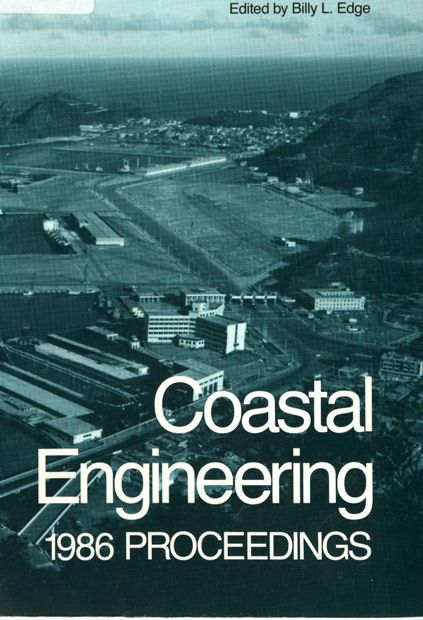Abstract
The interaction between the constituent models for waves, currents, sediment transport and bottom level changes in a class of compound 2DH mathematical models of transient sea bed evolutions in the coastal zone is investigated mathematically, using the theory of characteristics and a harmonic analysis technique. This leads to contrary indications as to the importance of including diffraction in the wave model and to the unambiguous conclusion that the bottom slope effect on the sediment transport is indespensable for the mathematical system to be inherently stable. This conclusion is shown to imply that depth-integrated current model are insufficient to describe the flow in this type of morphological computations for the nearshore zone or complex coastal areas.
Authors retain copyright and grant the Proceedings right of first publication with the work simultaneously licensed under a Creative Commons Attribution License that allows others to share the work with an acknowledgement of the work's authorship and initial publication in this Proceedings.

